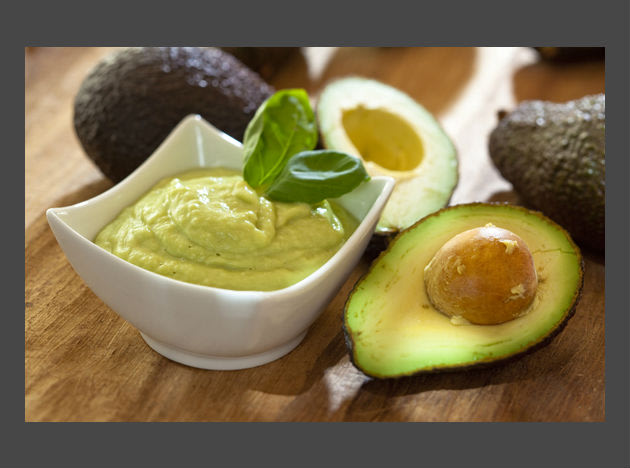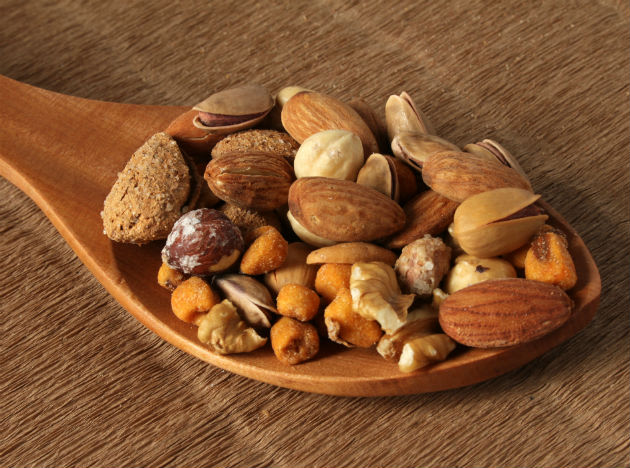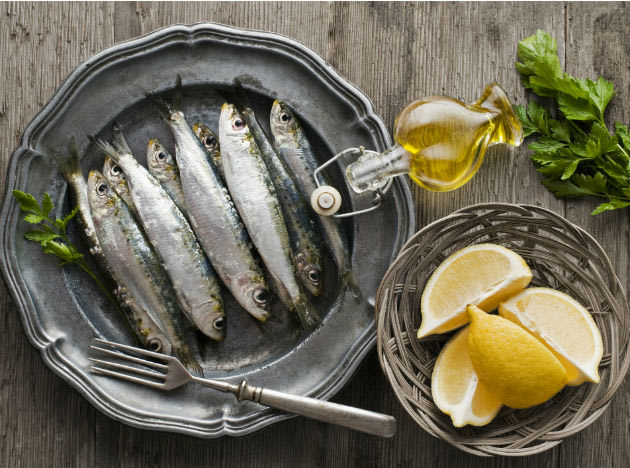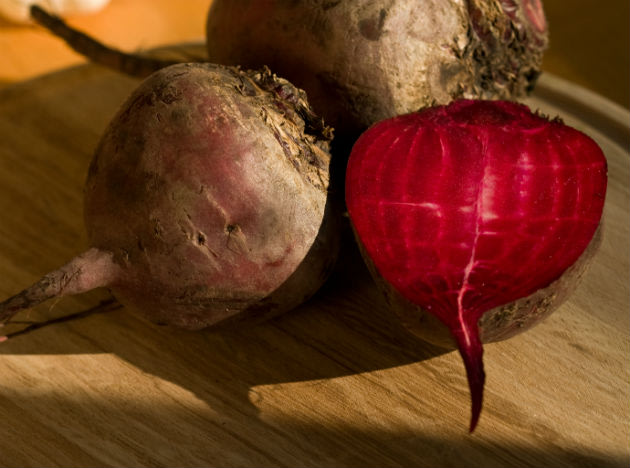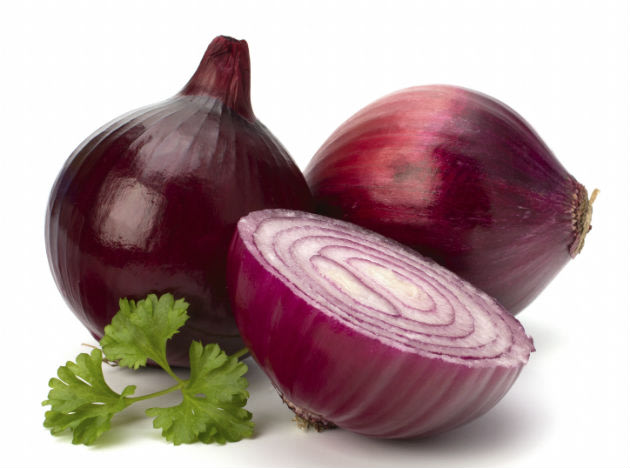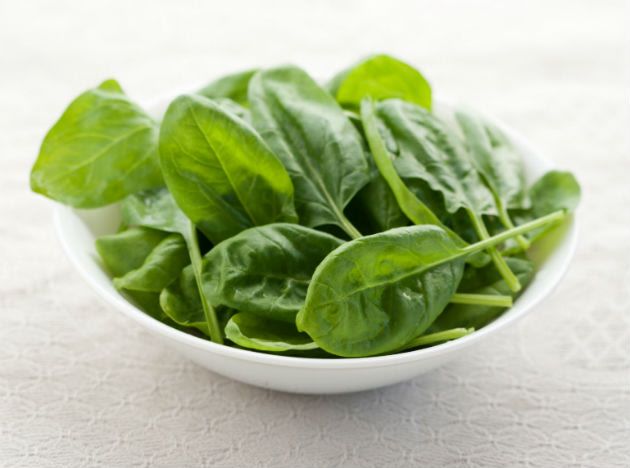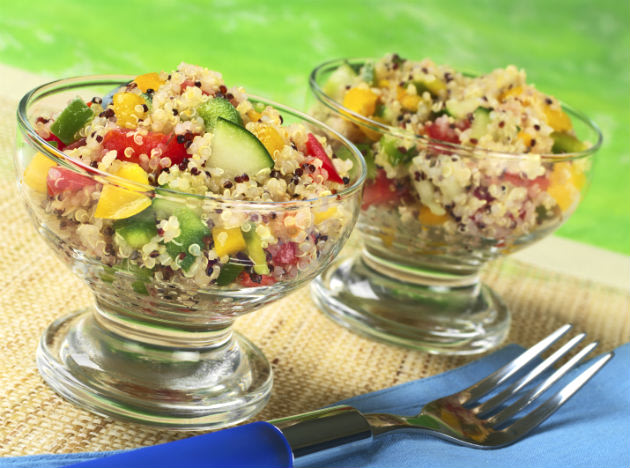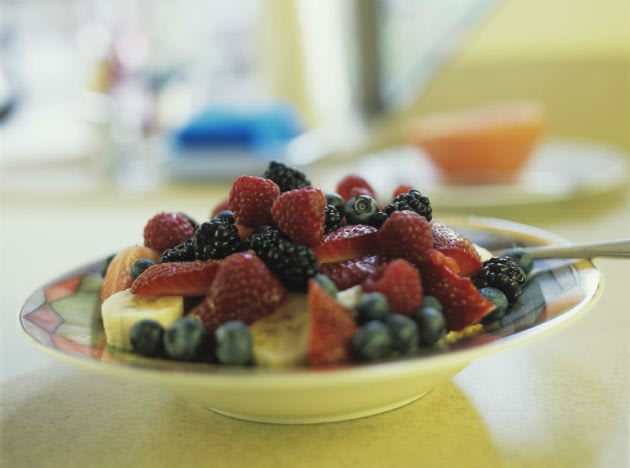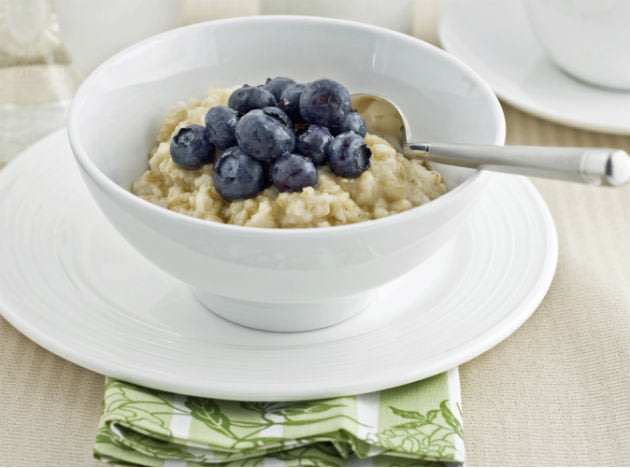The phone market in India is in the middle of a transition. People are moving from feature phones to smartphones. This means a great opportunity for smartphone makers like Micromax, which were nobody in the old market but have potential to be a major player in the new one.
In fact, Micromax is already a big smartphone company in India, at least in terms of volumes. IDC says that with a share of little over 18%, it is the second biggest company in the Indian smartphone market behind Samsung.
One of the primary reasons behind the recent success of Micromax has been Canvas HD. The device had decent internal hardware, a nice big screen and a killer price.
Now, Micromax is opening the next chapter in the Canvas story. The company has launched Canvas 4, aka A210, which is an update to the Canvas HD. There are a lot of expectations from the device. Can it take on Samsung's Galaxy devices? Is it going to be the best value for money phone? Is it a worthy successor to Canvas HD?
We have been using the device for over a week now. Before we talk in detail, let's reveal this much: Canvas 4 is an evolution of Canvas HD. It's not the revolution that many were hoping for.
Glossy plastic with a hint of aluminium
The build quality of Canvas 4 is a notch above Canvas HD. Even though both devices use glossy plastic shells, the quality of material used in Canvas 4 is better. The back cover, which can be removed to access SIM, microSD card slots and battery, is glossy and smooth. But it has a fine pattern - similar to the one seen on some sea shells - which makes the device look premium and polished.
Another highlight of the design is the aluminium strip around the device, which not only adds to the looks of the device but also make more sturdy. The power button located on the right side and the volume rocker on the left have also been made of aluminium. It is a nice touch and a pleasant change from the plastic buttons found on most of the phones.
The screen - and three touch-sensitive buttons under it - are covered with tough Gorilla glass. This high-quality glass cover puts Canvas 4 ahead of other mainstream phones as far as look and feel is concerned.
Overall, Canvas 4 is one of the better looking mainstream phones. It is quite slim at 8.9mm and feels good in hand due to rounded edges, despite having a large 5-inch screen.
Our only complaint as far as design and build quality is concerned is the less than perfect finish. The power and volume buttons do not fit snugly and feel loose and wobbly. Similarly, there is very tiny gap between the strip of aluminium and the phone's body. The aluminum strip has The attention to details sets the big boys from pretenders and while Canvas 4 looks and feels quite good, we feel it can be better. Though to be fair to Micromax, Canvas 4 also costs less than the phones with impeccable build quality.
In terms of hardware, camera and screen deserve mention.
First the screen. For a budget phone, Canvas 4 has a fantastic screen. The resolution is still 720P (1280 x 720 pixels) but the quality of picture is much better. It can show punchy and saturated colours and brightness is higher compared to the screen on Canvas HD. The good resolution means the screen is sharp and text looks clear on it. The touch sensitivity and refresh rate too seem to be slightly better. Of course, there is still room for improvement. Black could have been a bit more darker and users may notice colour gradients if they are looking for it using a single colour image. But considering the screen on other mainstream Android devices, Canvas 4 scores high here.
The camera is the other highlight because it carries the 13MP tag. Yes, Canvas 4 can shoot images that are 13 mega pixels in size. Unfortunately, quality of the pixels that make up these images is not good. The camera captures nice colours but it seems the way the phone processes the images rob them of details. The result is that images suffer from noise as well as lack of detail. In daylight, it is possible to get usable images with Canvas HD. But in low light conditions or if you are shooting close ups, the camera performance is poor. Images that we shot in low light not only had the over-smooth effect and grain but also visible colour noise.
The camera in Canvas 4 also suffers from focus issues. If you are shooting macro or close photos of your friends, the auto focus is slow and inaccurate, especially in low light.
On videos, performance is better. The device can record decent FullHD videos and keeps subjects in focus. We would have liked to see videos recoded in MP4 format instead of 3GP that Canvas 4 uses, but for shooting clear and usable 3 or 4 minutes long clips during family picnic is possible with the device.
(Don't) Blow to unlock
Canvas 4 is powered by Android 4.2.1 aka Jelly Bean. Unlike on the previous Canvas phones, Micromax hasn't made any significant visible changes to the user interface. This means barring a few icons here and there, users get almost a stock version of Android. The default user interface of Android looks good and works well compared to some of the customized interface that phone makers love to put on their devices.
Canvas 4 performs well. There is no noticeable lag when you open the app drawer or switch between tasks. Games like Temple Run 2 can be played without any lag, web browsing is smooth even when you have five or six tabs open in the browser and FullHD videos can be watched. The speaker in the device sounds a bit low but fortunately it doesn't distort the audio the way some mainstream Android phones do. Voice quality during calls is average and we did not have any noticeable signal strength issues.
The only area of concern as far performance is concerned is GPS. Just like other Android phones sold by local manufacturers, Canvas 4 takes its own sweet time while connecting to satellites. Instead of seconds, GPS connects in minutes . This affects user experience in apps like Google Navigation.
In a bid to differentiate its phone, Micromax has equipped Canvas 4 with several gesture-based features. For example, it comes with a new video player that can pause the video if you look away from the phone. It also has features like 'blow (or shake) to unlock' which allow a user to unlock the phone by blowing air on its screen or by shaking it.
In our use, we found these features to be gimmicks. Worse, they adversely affect the experience. For example, the video pause feature is so sensitive that even if you tilt your head or move the phone a bit while watching a movie, playback is paused. The blow or shake to unlock, meanwhile, are not intuitive and user friendly. Fortunately, you can turn off these features. Disabling M! Unlock restores the swipe-to-unlock screen.
Battery life of the device is average. When used with a 3G connection, the battery in the device lasts for over 12 hours.
Should you buy it?
Barring the camera performance, Canvas 4 is a very good mainstream Android phone. In terms of looks and feel it is better than others in its category. Screen is fantastic, performance is fast and overall experience is pleasant. Unfortunately, at an MRP of Rs 17,999 it is pricey for what it offers.
Unlike Canvas HD, which brought a significantly better smartphone experience below Rs 15,000, Canvas 4 doesn't succeed in setting any new benchmarks. Yes, it is nice but then it also costs significantly more compared to Phones like Lava Iris 504Q, Zen Ultrafone 701HD and Canvas HD, which have similar hardware and performance. And unlike Samsung's Galaxy Grand phones it doesn't offer enough in terms of brand image and unique software to command a premium.
If you care for premium looks and design, you can get Canvas 4. It is a really good mainstream Android phones. But it is not the best value for money.
Specs
*5-inch capacitive touchscreen (1280 x720 pixels resolution)
*1.2GHz MediaTek 6589 quad-core processor
*PowerVR SGX 544 graphics chip
*1GB RAM
*16GB internal storage with support for up to 32GB MicroSD card
*13-megapixel camera, 1080P video recording
*5MP front-facing camera
*3G, Wi-Fi, Bluetooth, GPS
*Dual-sim support
*2,000mAh battery
*Android 4.2.1 Jelly Bean
*158gms
.jpg)
.jpg)

































